|
Hi friends - sorry it's been so long since posting here. I'd like to say I've been busy, but I haven't been THAT busy. If you need your Asian vegetables fix (cooking, growing, or other related topics), do join the Chinese Kitchen Garden Facebook Group, which is updated much more frequently and is a place we can actually interact more effectively! Here are some ideas (including a recipe) that I put together for the Curious Gardener blog on Womanswork. Womanswork a great woman-owned company that sells so many different types of gardening gloves, among a few other quailty gardening things. There's definitley a gift on the website ready to be purchased for yourself or a gardening friend. Dorian is also offering a Chinese Kitchen Garden book giveaway along with some seeds by Renee's Garden Seeds - an excellent seed source and another woman-owned business. You should check it all out!
3 Comments
I'm thrilled to share that The Chinese Kitchen Garden and Timber Press have been awarded a 2018 Media Awards Silver Medal, a special designation recognizing the top talent in competition categories.
We're now entered for judging in the Gold Medal Round, where awards will be given for the best of each award class! Held annually for more than 20 years, the GWA Media Awards have recognized the top professional horticultural communicators in the areas of writing, photography, digital media, broadcast media, publishing and trade. I'm proud to be commended among so much talent and so grateful to have worked with all the people at Timber Press who brought The Chinese Kitchen Garden to life! "Seeeeeeeee how long the bean is?" Who knows what I was saying at this garden club talk, but this is a strong possibility.
If you've grown this bean, you know how fast (and thus fun) it grows, dangling down in pairs and ready to cook in your favorite recipe for beans. My favorite recipe is my mom's, and it appears in this month's (May 2018) Better Homes and Gardens magazine. My mom (and Chinese cooks) like to deep fry these beans as they are sturdier than a French filet type and stand up to longer cooking times, more intense cooking methods, and stronger spices. I also like to cut them to size and throw them in a roasting pan along with a chicken and root vegetables. While a more delicate bean may turn to mush, the yardlong bean holds up beautifully. The other day, I was talking to my friend Iz whose family is from Mexico. He said his family has been growing these beans for as long as he could remember - though they called it asparagus bean. Whether you know it as the Chinese long bean, yardlong bean, or asparagus bean, it's time to sow your seeds now (prepare to have something for the bean to climb). You can find seeds online - and while you're shopping, consider looking for a dark red variety called the 'red noodle bean'. It tends to darken once cooked, but in the garden, it is stunning and very different. Iz likes to harvest his asparagus beans young and saute them with some bacon and shallots, but also will let the ones he misses grow large in their pods and then cook them up as shelled beans. What's your favorite way to use long beans? Here's a delicious cucumber from a great seed company - Renee's Garden Seeds.
I was recently talking with someone about how Chinese cucumbers tend to have fewer and smaller seeds, thinner skins, and are often more crisp and sweet as well. Many gardeners have already been growing them! Before they were labelled more descriptively and accurately, cucumbers may have been described on seed packets as "burpless". If they were longer and thinner than your typical supermarket cucumber, they were most likely Chinese cucumbers such as the 'Suyo Long' below. The person I talked to said, "Sounds like it's all upside". Yes, they're like your favorite cucumber but better in every way. Try growing 'Suyo Long' this summer and let me know what you think! Be sure to join The Chinese Kitchen Garden's Facebook group to be a part of the conversation. I love kabocha pumpkins, and definitely prefer them over any field or pie pumpkin. These smaller five-pounders are a perfect size and are drier and have a nuttier flavor. Because they have a great smooth texture, they're just superior and excellent in any recipe. They're delicious roasted or mashed, and can be used in savory recipes like my mom's kabocha with ground pork in black bean sauce (available in The Chinese Kitchen Garden book), or in sweet recipes such as a classic American pumpkin pie or in cakes and other treats. I've even made some flavorful and creamy ice cream with kabochas in the past. One of my favorite desserts is the Thai sankaya - made by filling the hollowed out Kabocha with a coconut custard and then steaming the whole thing. Delicious and so pretty when served in slices!
Kabochas are easy to grow as long as you have some space in the garden and can usually be found in Asian supermarkets as well. You'll be a kabocha convert the first time you try it! These are the beauts responsible for the spicy "mala" (ma - numbing, la - spicy) flavor in the noodle soup I posted about a couple weeks ago. We call it "fa ziu" in Cantonese, meaning "flower pepper". It really has a great fruity spiciness that leaves a short-lasting tingle on your tongue. These seed husks can be ground and added to the famous five-spice powder popular in Chinese cooking, or can flavor an oil that can easily be found in Asian supermarkets as well. A bag of these peppercorn husks is pretty cheap and can be found among the many other bags of dried stuff at your local Asian supermarket.
Cross-posted from Greenish Thumb, my other blog - November, 2012
Have you ever seen such a thing?! This is a winter melon, aka wax gourd, next to a full-size basketball!! The wax coating will help keep this melon fresh for months. Winter melon is mild and really juicy - perfect for adding to a light and tasty soup. White inside, once it's cooked, the winter melon takes on a beautiful translucency and the flavor of whatever it is cooked in. This is the melon that banquet chefs will carve in a bas-relief fashion, pour soup into and steam whole for a pretty darn showy presentation. Honestly though, I'm not sure what kind of steamer this particular winter melon could be cooked in! Is this seriously not the most gorgeous pot of noodle soup you've ever seen? This "mala noodle soup" is from a local hot pot restaurant called Little Dipper Hot Pot House. As you can guess from the photo, it's a spicy amalgamation of vegetables, tofu, broth, an egg, noodles, and mala spices. The Sichuan peppercorn creates that delicious flavor that is both "ma" meaning "numbing" and "la" meaning spicy.
Want to put something together like this? Be sure to include the thin slices of lotus root like you see at the left of the photo - the round sliced thing with holes throughout (created by the air chambers that run through the root of the lotus plant). It will take this visual feast over the top! If i'm stuck eating some sort of meat and vegetables dish from a Chinese carry-out and it contains little slices of water chestnuts, the first thing i do is pick them all out. Yuck! But see above? These don't look like the nasty tasting things that add that weird crisp crunch to your stir fry, do they?
No, I do appreciate the crisp crunch, but I love them by themselves, pared like a hard fruit. I actually thing of them just that way - like nutty little apples. While you might not mind them thrown in a stir fry, try them fresh if you ever get a chance. They'll surely make you rethink everything you knew about water chestnuts! If you are able to find lotus root fresh at your international supermarket, it will look something like a giant string of sausages. The outside of the roots may look a bit banged up, but that usually ok as long as the roots still look fresh. Remember that the lotus root has been growing underwater, and if you purchase from the store, it has also been shipped via truck before sitting on the shelf! Still, if you take a look in the little holes, it should look clean, without mold.
Lotus root is generally prepared for cooking like you see in the photo above. Slice the root thinly and you will see those beautiful pattern of holes created by the air channels inside the root. To prepare, peel the outside of the root using a vegetable peeler, then slice thinly. The thickness of the slice is mostly a personal preference, but lotus root is often cut into about 1/4"-1/3" slices. Lotus root should be cooked before eating. After slicing, you're ready to follow your favorite recipe! |
AuthorI'm Wendy Kiang-Spray, gardener, home cook, and author of The Chinese Kitchen Garden. Learn more about the book here. Enjoy the blog and be sure to like The Chinese Kitchen Garden Facebook page for notifications when there are new posts. Archives
April 2019
Categories
All
|

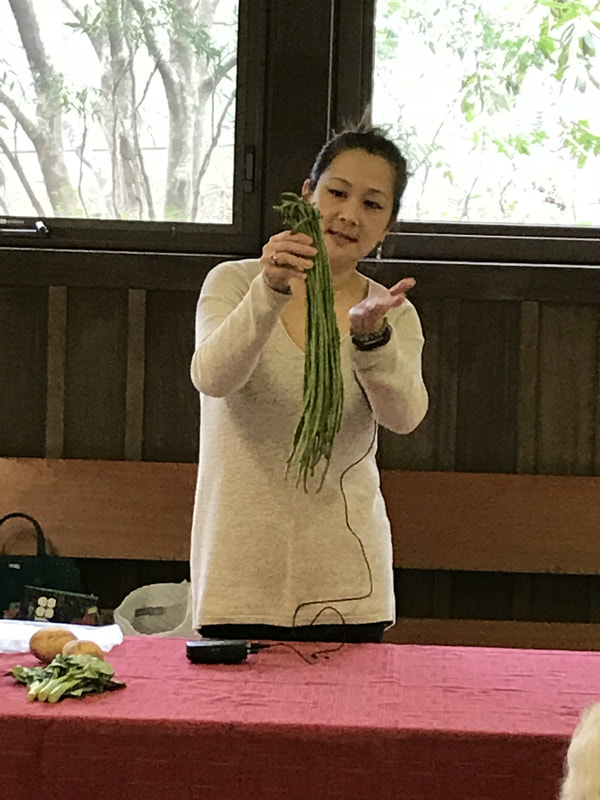
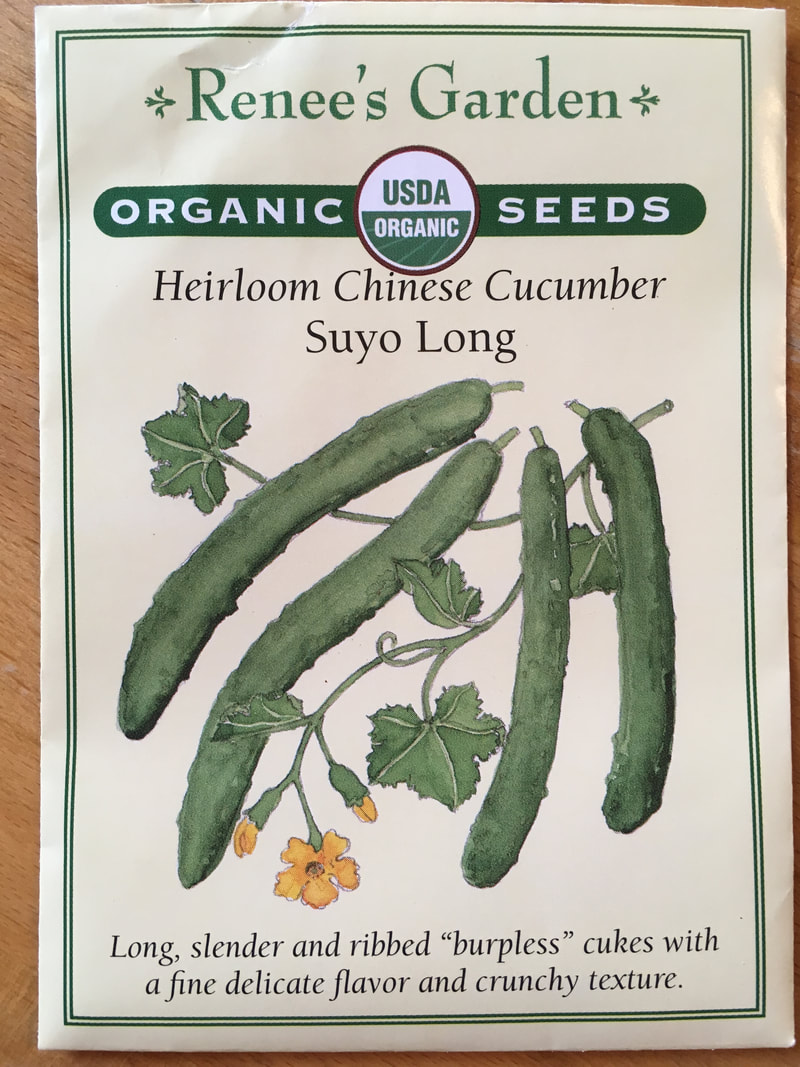
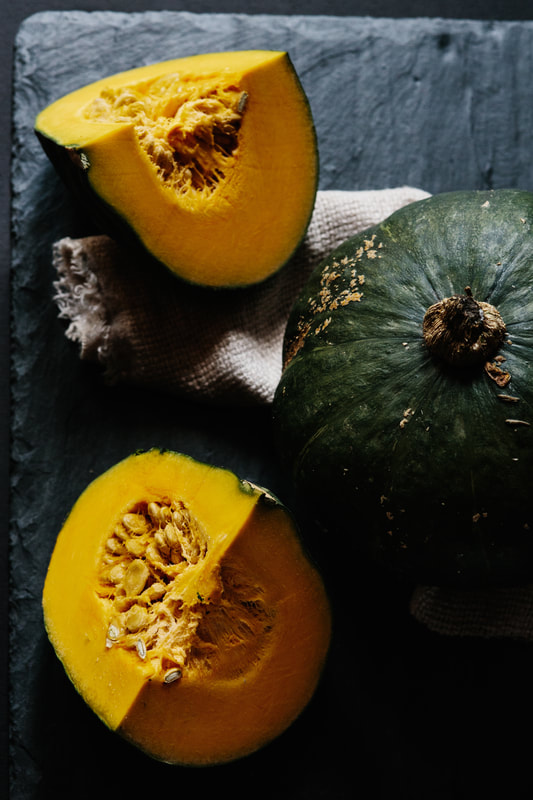
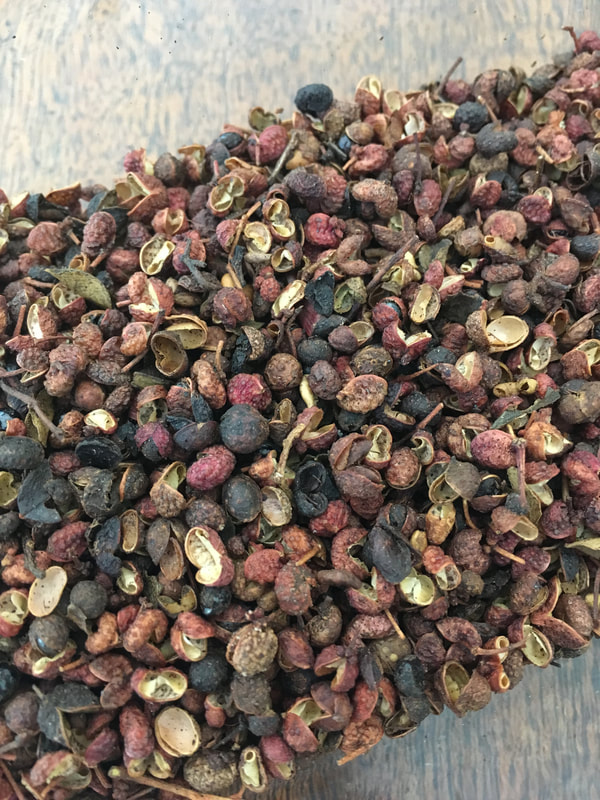
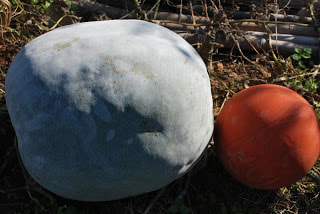
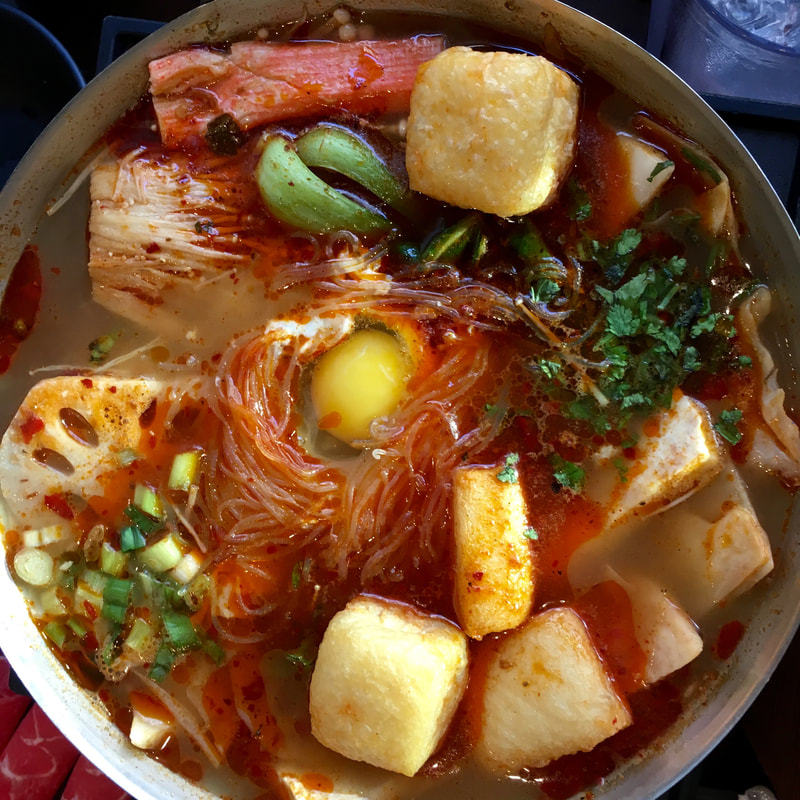
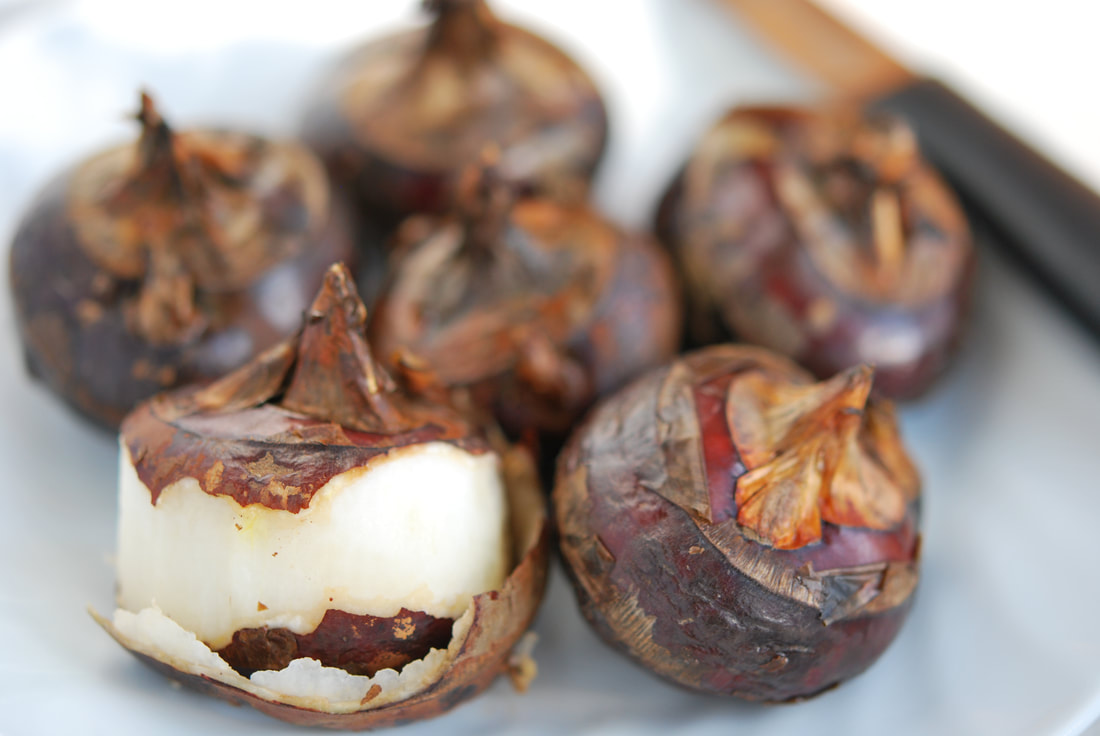
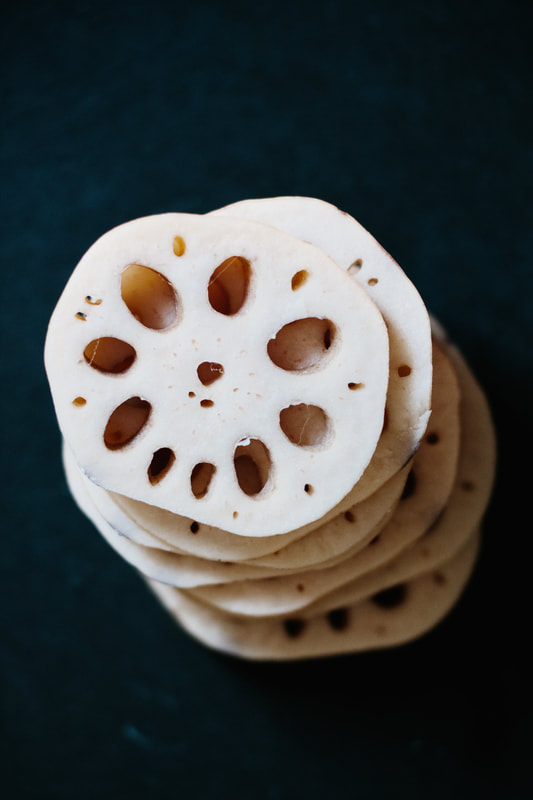
 RSS Feed
RSS Feed